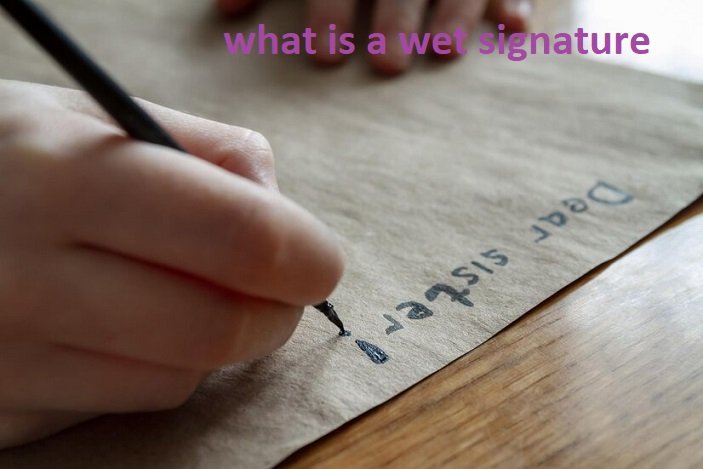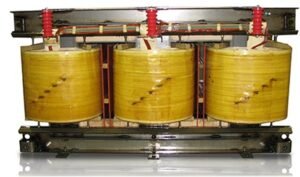What is a Wet Signature?

what is a wet signature
Introduction to Wet Signatures
In an increasingly digital world, the concept of a wet signature remains relevant and significant. A wet signature is a traditional method of signing documents, where a person uses a pen to manually sign their name on paper. This form of signature is considered legally binding and is often used in formal and official transactions Wet Signature.
The Historical Context of Wet -Signatures
Wet signatures have been a staple in legal and business practices for centuries. Historically, they have served as a means of verifying a person’s identity and intent. The use of a handwritten signature dates back to ancient civilizations where signatures were used to validate agreements and authenticate documents Wet Signature.
The Legal Standing of Wet -Signatures
Wet signatures hold substantial legal weight. In many jurisdictions, a document with a wet -signature is considered more secure and trustworthy compared to electronic signatures. This is particularly true in legal, financial, and governmental contexts where authenticity is paramount. The Uniform Commercial Code (UCC) and various international laws recognize wet- signatures as legally binding.
When Wet -Signatures Are Required
There are several scenarios where wet -signatures are mandatory:
- Legal Documents: Contracts, wills, and other legal documents often require a wet- signature to be considered valid.
- Financial Transactions: Loan agreements, mortgage documents, and other financial paperwork frequently necessitate a wet- signature.
- Government Forms: Certain government forms and applications may require a wet -signature to ensure authenticity and prevent fraud.
Advantages of Wet-Signatures
Despite the rise of digital signatures, wet -signatures offer several distinct advantages:
- Authenticity: Wet -signatures are perceived as more authentic and reliable.
- Familiarity: Many people are more comfortable with the traditional method of signing documents.
- Security: Wet -signatures are harder to forge and provide a higher level of security for sensitive documents.
Wet- Signatures vs. Digital Signatures
While both wet and digital signatures serve the purpose of validating documents, they differ significantly in their execution and legal standing. Wet s-ignatures involve a physical act of signing, whereas digital signatures are executed electronically. Digital signatures are convenient for remote transactions and can be verified quickly. However, wet- signatures are often preferred for their perceived authenticity and security.
Pros and Cons of Wet -Signatures
Pros:
- Legal Acceptance: Widely accepted and recognized in legal contexts.
- Security: Difficult to forge, providing a secure method of verification.
- Simplicity: Easy to understand and implement without the need for technology.
Cons:
- Inconvenience: Requires physical presence or mailing of documents.
- Time-Consuming: Slower process compared to digital signatures.
- Storage: Physical documents need to be stored securely, taking up space.
How to Create a Wet -Signature
Creating a wet -signature is straightforward. Here are the steps to ensure your signature is legally binding:
- Choose a Pen: Use a blue or black ink pen for clarity and permanence.
- Sign Clearly: Ensure your signature is legible and consistent with your usual signing style.
- Date the Document: Adding the date next to your signature can provide a time reference.
- Witness: In some cases, having a witness present during the signing process can add an extra layer of validation.
The Future of Wet- Signatures
While the world is moving towards digital solutions, wet- signatures are unlikely to disappear entirely. They will continue to play a crucial role in contexts where authenticity and legal standing are paramount. However, the integration of digital and wet -signatures can provide a balanced approach, offering convenience without compromising security.
Conclusion
Wet signatures remain a cornerstone in the authentication of documents. They provide a tangible, secure method of verifying identity and intent. Understanding the importance and application of wet -signatures can help ensure that your documents are legally binding and recognized. As we navigate an increasingly digital world, wet -signatures will continue to hold their place in legal, financial, and governmental transactions.






